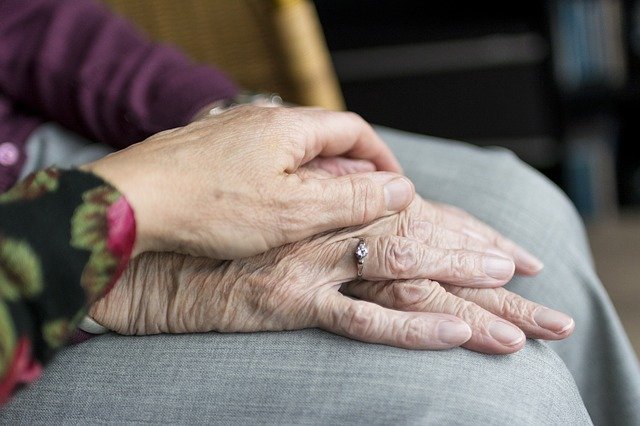
IADLs encompass all activities of daily living, including getting out of bed and dressing up for meals. They also control biological functions. An occupational therapist is responsible for improving daily living activities. They assess if the tasks can be completed successfully. They also evaluate whether the activity is safe or effective and determine how difficult it is for the patient.
Daily activities that are instrumental
For independence, it is important to do Instrumental Activities for Daily Living (or IADLs). These activities don't require assistance, and can help people live a fulfilling and rich life. These IADLs cover dressing, grooming, toileting, and self-feeding. It also includes basic communication skills, such as using a telephone or a computer. Other IADLs can include chores, meal preparation, managing money, or taking public transportation.
These activities are necessary for independent living. They also require higher-order thought. Experts disagree on the number of IADLs, but most list seven to twelve. The individual will determine the number of tasks needed. Geriatric patients may require more help than others.

Awareness of performance within a task context
An important aspect of improving performance is being aware of what you are doing in the context of a task. Although cognitive decline is often subtle, older adults may be able adjust their performance to optimize their performance. However, those with low self-awareness or no awareness may not be able adjust their performance and could become vulnerable to functional decline. Although limited research has been done on awareness of performance in task contexts of daily functional activities, it is possible to find some evidence.
We used WCPA-10 in the present study to assess awareness of performance within a task context for functional activity of daily living. We evaluated older adults by observing them as they performed various tasks, and we assessed their self-recognition of errors, whether verbally or non-verbally. These errors were compared to the total number of errors made. We also examined participants' self-ratings of performance in four different tasks.
Neuroanatomical correlates to IADLs: Research
A variety of neuroanatomical conditions can affect functional activities of daily living (FADL). These impairments can affect mobility, visual perception, auditory processing, as well as morphological changes in brain. This review attempted to identify neuroanatomical elements that can affect the IADL.
This study was designed to examine whether brain perfusion patterns are associated with functional abilities. Researchers found a positive correlation between total IADL scores, and perfusion ratios of the right lateral and superior parietal. These results support the hypothesis that the perfusion changes related to changes in IADL ability.

IADLs: The impact of dementia
For the family member caring for the patient, it is crucial to understand the effects of dementia on their ADLs. The brain functions necessary for ADLs like judgment, attention, and safety can be affected by dementia. A dementia caregiving professional can be present in the home of the patient to help them make informed decisions and keep their independence.
The severity and stage of dementia can have a different impact on ADL performance. Some activities remained intact in the early stages of dementia. Others declined as the disease progressed. While bathing and dressing were more affected by dementia, continence was not affected. These differences aren't universal across stages and countries. This means that intervention is needed to improve ADLs or increase independence.